How Photography is Exposing the Human Cost of Climate Change
Photography is revealing the human cost of climate change by capturing the impact on communities, livelihoods, and environments. In 2025, powerful images raise awareness, drive advocacy, and inspire action to address global climate challenges and protect vulnerable populations
Amid the swirling orange haze of a dust storm, children run barefoot through a barren landscape. In the background, a once-majestic mountain now stands behind piles of trash. A lonely billboard on dry, cracked earth marks where the sea once kissed the shore. These stark visuals aren’t just photographs — they’re powerful testimonies of a planet in crisis. At the Right Here, Right Now Global Climate Summit held at the University of Oxford, these images form the heart of a compelling exhibition titled “Photography 4 Humanity: A Lens on Climate Justice.” Hosted in collaboration with the UN Human Rights Office (OHCHR) and curated by Fotografiska, this initiative turns the lens toward the human stories behind the headlines of global warming.
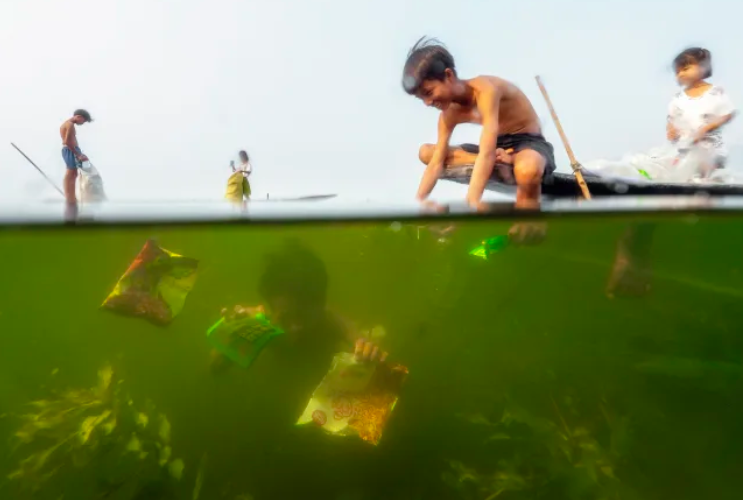
Climate Change as a Human Rights Emergency
This summit isn’t just about statistics and policies — it’s about people. The goal is to reframe climate change as not only an environmental issue but a human rights emergency. The effects of climate change — from droughts and floods to pollution and displacement — are felt most deeply by the world’s most vulnerable communities.
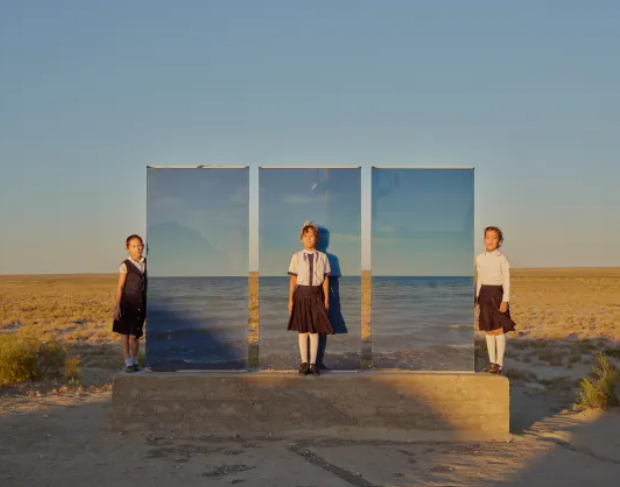
As Volker Türk, the UN High Commissioner for Human Rights, explains:
“Photographers document the human rights impacts of climate change, helping to inform the public and hold governments and businesses accountable. The summit shows the power of collective action — uniting storytellers, scientists, indigenous leaders, and others to advance climate solutions rooted in human rights.”
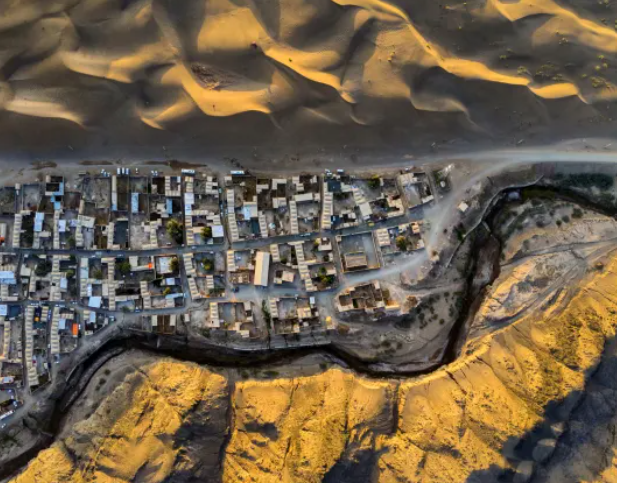
Real Stories, Real Communities
Featuring the work of 31 photographers from around the world, the exhibition gives a raw and emotional view of how environmental degradation impacts daily life.
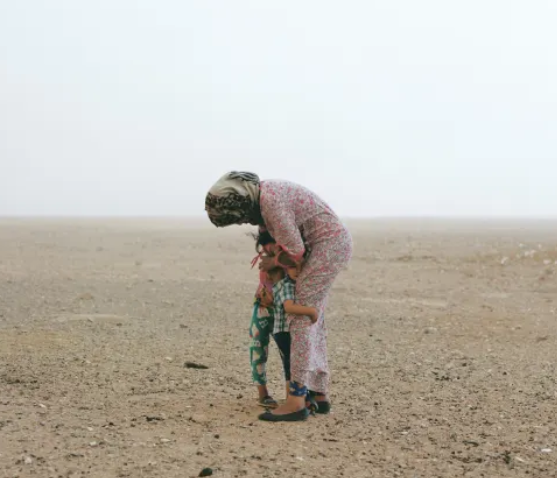
-
In West Bengal, India, a haunting black-and-white image by Masood Sarwer shows a collapsing house sliding into the Ganges River. The owner sits nearby, helpless. Riverbank erosion here is a slow disaster — what Sarwer calls the “slow violence” of climate change — quietly displacing families and creating a new class of environmental refugees.
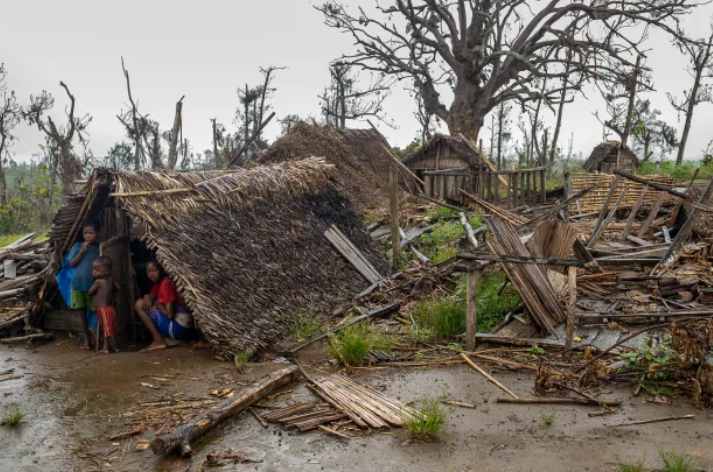
-
In Myanmar, Aung Chan Thar captures children fishing for plastic waste in the once-pristine Inle Lake. His photograph reflects both devastation and hope. “This image of children cleaning the water symbolizes the importance of education and collective action,” he notes, underlining the role of younger generations in shaping a more sustainable future.
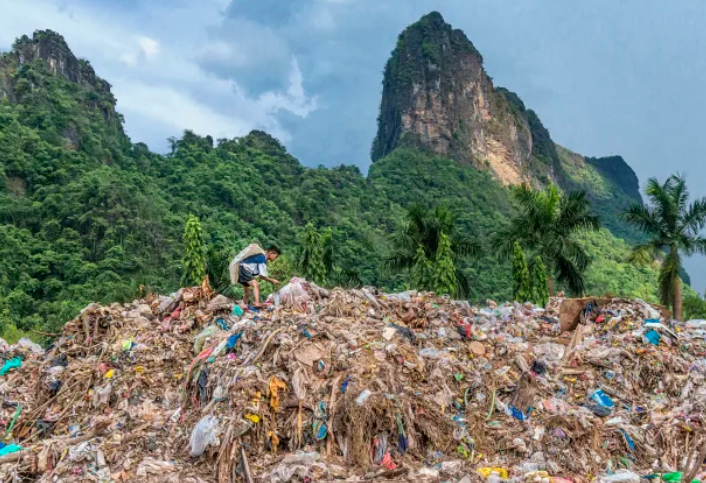
-
Other photos highlight drought-driven desertification, severe flooding, and rampant plastic pollution — each framed not just as environmental issues, but as threats to life, dignity, and survival.
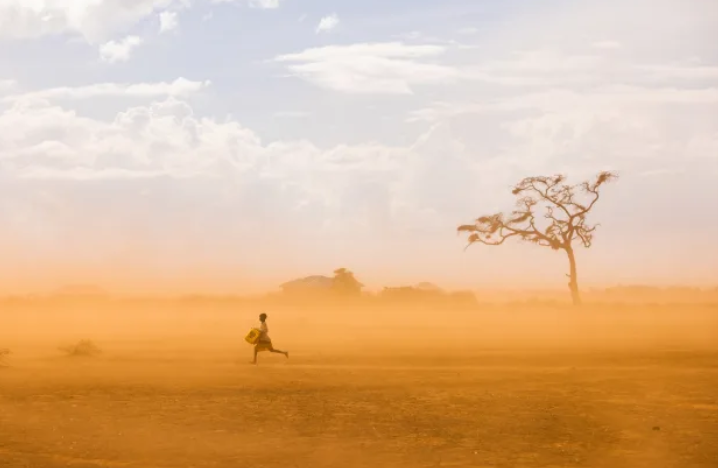
Art as a Catalyst for Change
According to Pauline Benthede, Global VP of Artistic Direction at Fotografiska:
“Our mission is to inspire new perspectives through photography. It draws attention to the human rights issue at the heart of global warming, which affects both the world’s landscapes and the people that live within them.”
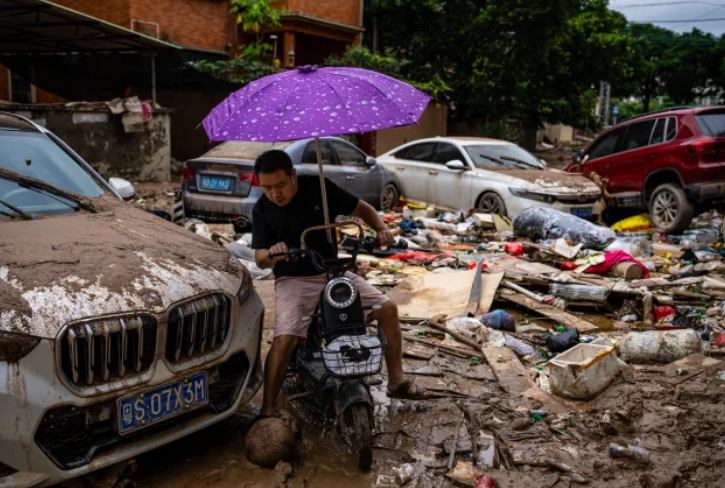
Photography, she says, is more than art — it’s a universal language. In a world bombarded by numbers and graphs, a powerful image can cut through the noise and strike the heart. It has the ability to foster empathy, raise awareness, and mobilize action.

Why This Matters Now
This exhibition aligns with World Environment Day (June 5), a global call to protect the planet. But the message goes deeper than environmental preservation — it’s a demand for climate justice. The people who contribute the least to climate change often suffer the most. Low-income nations, despite their minimal emissions, are on the frontlines of extreme weather events and face huge obstacles in recovery.
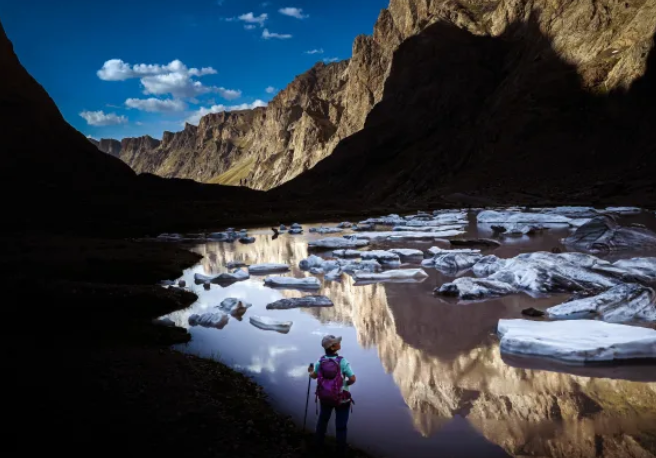
The Right Here, Right Now summit serves as a vital reminder: climate solutions must be rooted in human rights. And storytelling — through the lens of a camera — plays a crucial role in that mission.
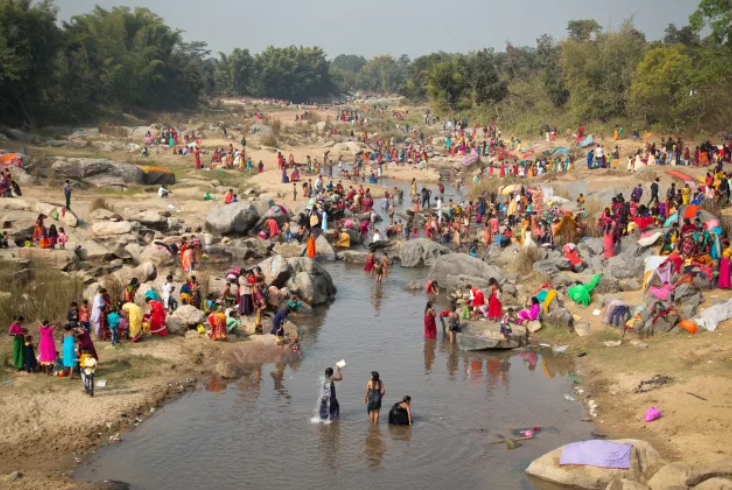
Climate change is not a distant threat — it is a lived reality for millions. The Photography 4 Humanity exhibition gives voice to those often overlooked in the global climate narrative. Through raw, emotive, and sometimes painful imagery, these photographers shine a spotlight on injustice and resilience. As the climate crisis intensifies, their work urges us to see, feel, and act — right here, right now.

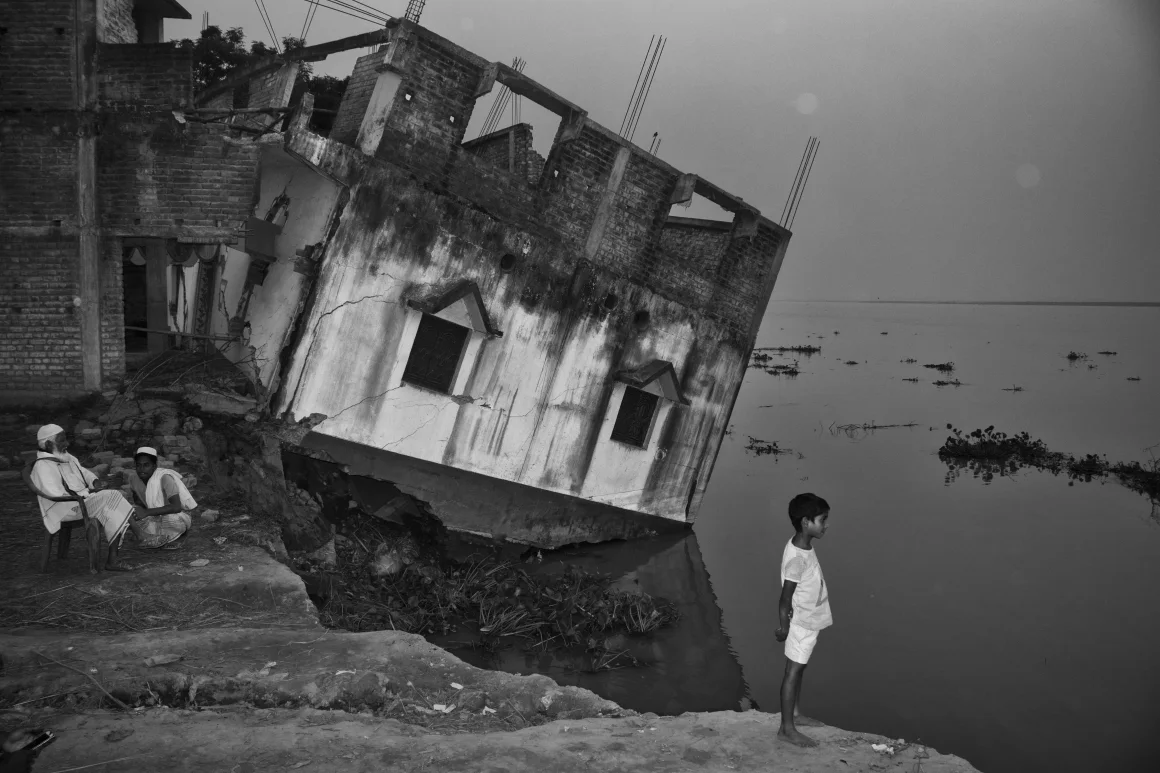
Comments are closed, but trackbacks and pingbacks are open.